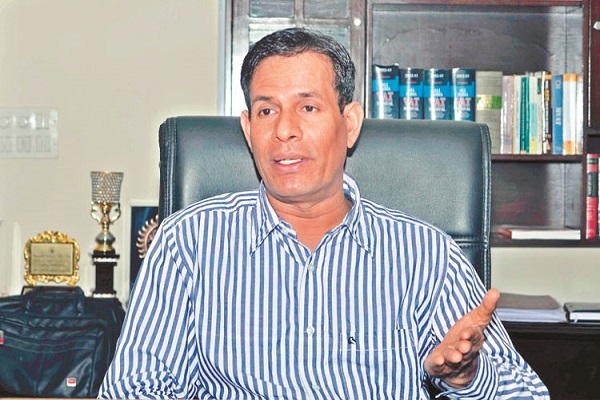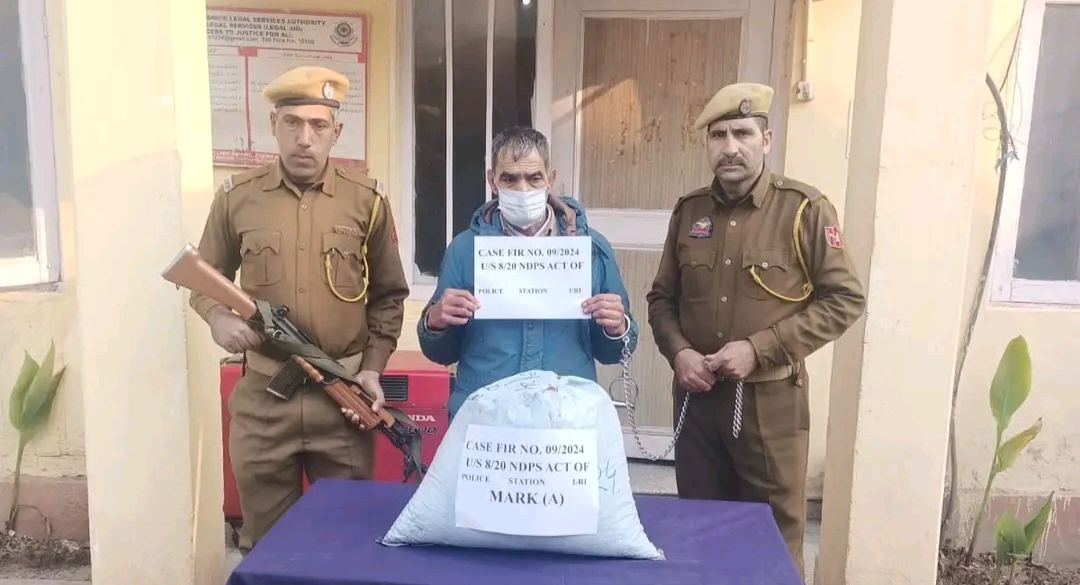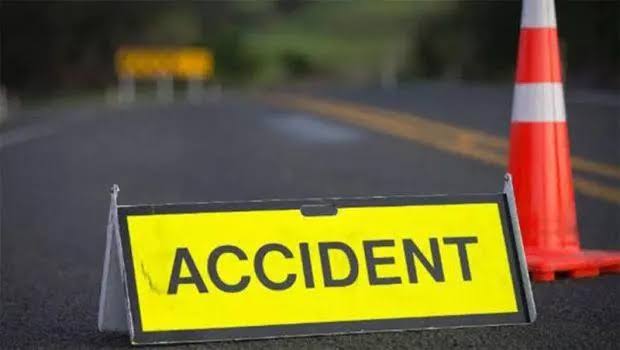In an exclusive interview with Rising Kashmir’s correspondent, Aatif Qayoom, the Principal Secretary of the Power Development Department (PDD), H. Rajesh Prasad, sheds light on critical aspects of the power situation in the Kashmir Valley. As concerns rise about the potential impact of a prolonged dry spell on power supply, Prasad addresses these issues head-on, outlining ongoing efforts to combat power theft, recent tariff adjustments, and the comprehensive plans set to achieve a 24×7 power supply by March 2025-26.
A: There will be no immediate impact, but in the coming time, the lack of snowfall will affect the power supply, which depends on water levels in reservoirs. In the current year, there has been no snowfall yet, and this will also impact water levels. In the coming months, possibly from March onwards, if there is a decline in snowfall, there will be a corresponding decline in water levels. This decline will, in turn, impact power generation. When power generation is low, there will be an impact on the power supply.
Q: What measures has the government taken to address the power crisis in the Kashmir Valley?
A: Currently, there are no issues; however, it’s premature to plan extensively as the snowfall season has not concluded. There remains a possibility of further snowfall in the valley. Plans will be contingent upon the extent of upcoming snowfall, and appropriate measures will be taken accordingly. It’s prudent to assess the situation as it unfolds before making concrete plans, ensuring a more informed and effective response to the prevailing weather conditions.
Q: Citizens allege deviations from the promised schedule in power supply. What are the reasons for these discrepancies?
A: We provide electricity according to a schedule, which we consistently maintain. Occasionally, there are dynamic and temporary situations that we promptly address. At times, there may be slight variations. Currently, in Kashmir, we supply 1800 megawatts of power, surpassing last year’s levels. The power supply situation is stable, without any distress. We adhere to the curtailment schedule, and minor fluctuations occur due to the dynamic nature of the power supply.
Q: Power Development Department has intensified inspections across the Kashmir Valley. Has this effort been effective in curbing power theft?
A: Undoubtedly, there has been a significant impact as enforcement teams have accelerated their efforts against illegal power theft. Although widespread violations persist, a systematic approach is gradually gaining traction. Increased awareness among the public about the consequences, such as fines and legal actions, has prompted some corrective measures. We have initiated actions and plans to further intensify our efforts against power theft in the Kashmir Valley. While the initial steps have yielded results, a comprehensive strategy will require additional time for complete eradication. The ongoing commitment aims to create a lasting effect on curbing power theft in the region.
Q: Despite the recent doubling of tariff bills, there’s been no noticeable improvement in electricity supply. Why?
A: Flat-rate consumers faced a 15% hike, but it’s important to clarify that we eliminated electricity duty, ensuring a net impact of zero. Individuals without meters can opt to install one for a seamless transition to regular billing. The decision rests with them, alleviating any unnecessary worry.
Q: The goal for J&K to have a 24×7 power supply by 2025-26 has been set. Are there adequate preparations in place to achieve this target on time?
A: By the fiscal year ending in March 2025–26, we anticipate the realization of round-the-clock power supply in Jammu and Kashmir, supported by fully insulated cables and upgraded infrastructure, ensuring full consumer metering. Our hope of achieving this milestone is underpinned by a comprehensive overhaul of the sector. The implementation of smart meters across the valley, including rural areas, is a key aspect of our ambitious plan. Furthermore, the Rural Development Schemes (RDS) will be fully executed, contributing to an inclusive and equitable distribution of reliable power. This concerted effort reflects our commitment to advancing the energy landscape in Jammu and Kashmir, fostering economic growth, and improving the quality of life.
Q: Are there any plans in place to replace the decades-old wooden electricity poles in rural areas?
A: Yes, there is a concrete program in progress to replace all the decorated poles, including the decades-old wooden electricity poles in rural areas. The goal is to complete this replacement, along with other major upgrades, by 2025 to 2026.








